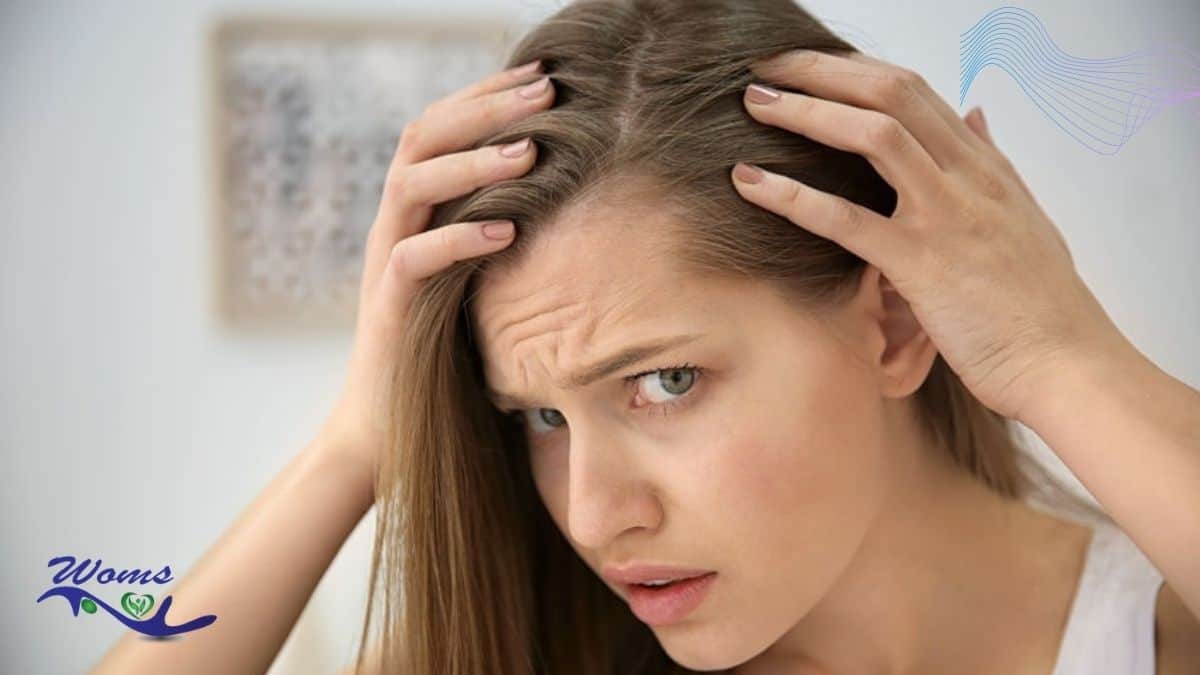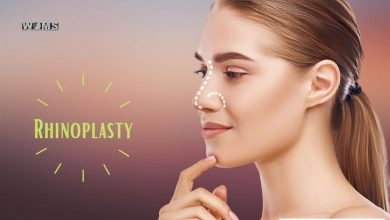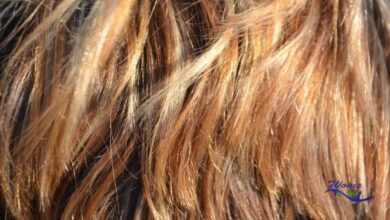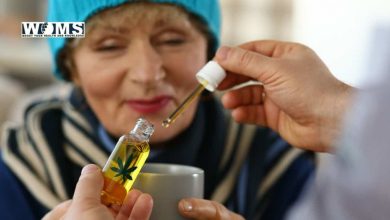What is Female Pattern Baldness- A Closer Look

Did you know approximately 21 million women in the USA suffer from female pattern hair loss?
In fact, it is one of the most common types of hair thinning that many adult women experience. Most healthy women, 35 to 40 percent, also experience hair loss on the top or front of their scalp. However, women over the age of fifty often experience significant hair loss.
You might not have heard this before, but hair thinning in women can cause severe psychological distress compared to men. Female pattern baldness in women is not only common but also progressive. That means it can deteriorate if women don’t take timely treatment. This makes identifying, understanding and addressing hair loss issues in the right way extremely important.
Let’s delve into the details to find out female pattern baldness, signs, causes, and treatment.
What is Female Pattern Baldness
As mentioned earlier, female pattern baldness refers to receding hair density over the head crown of women. Women start losing hair on the top of their scalps without losing strands on the hairline. Typically, this baldness condition has three specific hair loss patterns, including;
- Midline Widening. This pattern is the most common and often involves a significant reduction on the scalp’s front side compared to the back. Sometimes, it looks like a triangular shape and resembles a Christmas tree. That is why many people refer to this hair loss pattern as a “Christmas tree pattern.”
- Balding of the Head Crown. Balding of the head crown is another type of female pattern balding that makes specific hair parts appear larger. When balding occurs on the crown, it doesn’t affect the front hairline.
- Overall Thinning. A pattern of overall thinning has the same signs of male pattern baldness. In most cases, thinning is more noticeable on the scalp’s sides, toward the front of the head.
This type of pattern thinning has the same signs and symptoms as male pattern baldness. In this type, hair thinning is more noticeable on the scalp sides and gradually increases on the front. Overall thinning is more common in women who have already experienced balding on the crown after menopause.
What are the Causes of Female Pattern Baldness?
Although dermatologists and scientists are still studying the causes of female pattern baldness, certain factors can increase the chances of a woman experience hair loss.
Genetics
Studies have shown that genetics can play a significant role in hair loss men experience, generally referred to as “Androgenetic Alopecia.” Although there is not sufficient evidence that shows genes can cause female pattern hair baldness, genetics is one of the factors that may raise the chances a woman suffer from hair thinning.
Age
Like many other disorders, age is a significant factor that may increase the risk of pattern baldness in women. As women age, they likely to experience hair loss or pattern baldness. In fact, most women develop this condition of pattern baldness after menopause. However, only 12 percent of young women (between 20 and 30) face this problem.
Hormone Imbalance
Female pattern baldness is often the first sign many clinicians and doctors use to diagnose “androgen excess” in women. Androgen is the common sex hormone that is intimately associated with male pattern baldness. If the percentage of this hormone is higher than the normal levels, it may increase the risk of female pattern baldness.
It doesn’t end here; factors like physical workout and poor diet can also increase the chances of female pattern hair loss. A bulk of evidence has shown that there are certain nutrients and vitamins that deficiency can develop female pattern baldness. For instance, iron and vitamin D deficiency is common in women who experience female pattern hair loss.
Moreover, other amino acids and micronutrients also have a vital role to play in this disorder. These micronutrients include folic acid, vitamins A, B12, and E, biotin, selenium, and zinc. Some data suggest that excessive workouts can cause hair loss in women as it impacts the production of sex hormones.
What Can Women Do to Treat Pattern Hair Loss?
Laser Caps – Low-Level Light Therapy
Fortunately, there is sufficient evidence that suggests that high-tech laser cap therapy is both effective and safe when it comes to combating the effects of female pattern hair loss.
The FDA has also approved this highly advanced technique for fighting hair loss.
Low light therapy caps offer a safe way to inhibit DHT without causing any adverse side effects naturally.
Furthermore, innovative technology that uses LED also overcomes the technical limitations of using lasers and provides full scalp coverage to improve results. However, there is a need for more research on the effects of low light therapy on combating female pattern baldness’s effects to clarify the benefits to help women experiencing this condition.
Minoxidil
Minoxidil is a popular topical therapy; doctors use to treat pattern baldness issues in females. The FDA (Food and Drug Administration) has approved this treatment as it has mixed evidence on improving hair growth. However, in many cases, women do not experience improvement in the first three months of the treatment. Also, the medicine may lead to dermatitis and increased hair loss after using Minoxidil.
Finasteride
Finasteride may also help women diagnosed with female pattern baldness when used in higher doses as compared to men. However, the drug is not a preferred treatment option for treating female pattern hair loss. Finasteride is teratogenic and may put the fetus at risk of expectant mothers take this drug. Plus, there are several other unwanted side effects such as nausea, headaches, and hot flashes.
Summing Up
In a nutshell, female pattern baldness or androgenetic alopecia is a hair thinning condition that affects women. It is not much different from male pattern baldness. The only difference is that women lose hair as they age and also in a different pattern. Thus, the article explains everything you need to know about hair loss disorder.




